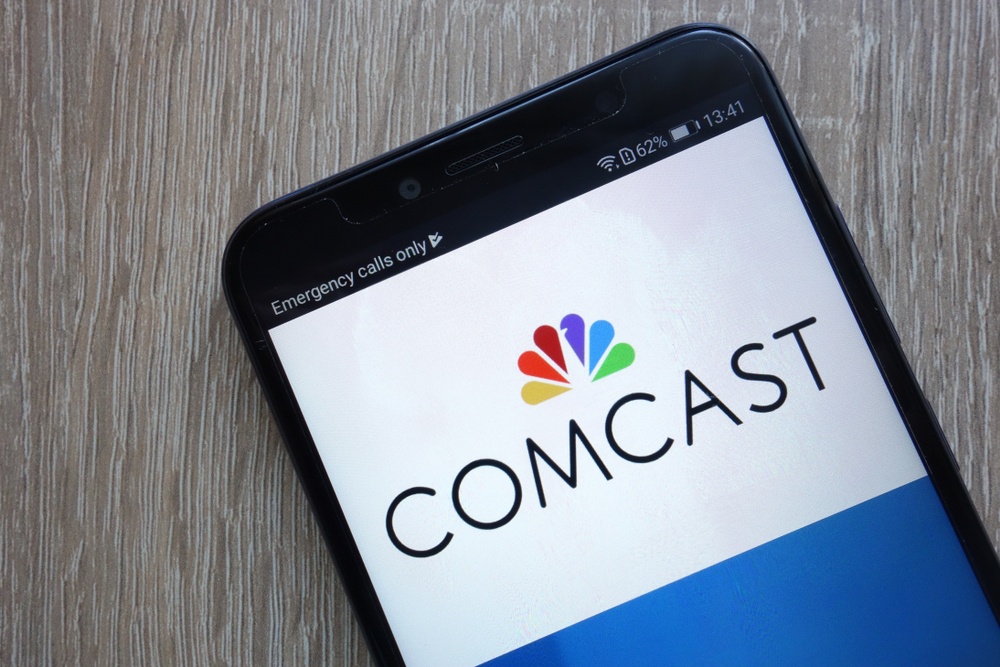



Get new exclusive access to healthcare business reports & breaking news




Comcast is developing an in-home device to monitor people’s health, and intends to start a pilot-test of it later this year.
According to CNBC, Sumit Ngapal is leading a team to build a strategy for bringing the new health hardware to market. Ngapal is Comcast’s senior vice president and general manager of health innovation and came to the company in February 2019 from the consulting firm Accenture. He has been focusing on developing the device for over a year.
In addition to developing new hardware, according to someone close to the subject, Comcast has been in talks with several large hospitals, including Rush in Chicago, to use the new technology once it is completed. The device would help prevent improper or insufficient recovery monitoring, thereby reducing the number of discharged patients who return to the emergency room after being discharged. This matter is very important to hospitals, since they are getting penalized more often by the federal government if they fail to take adequate measures to make sure patients don’t end up right back in the emergency room. Therefore, hospitals are looking for better tools to help remotely monitor patients.
Via ambient movement sensors, the device will monitor basic health indicators, focusing on whether someone goes more frequently to the bathroom or remains in bed more than usual. Fall detection tools will also be built by Comcast, according to sources, since falls often occur to seniors and can be fatal.
These types of issues can remain unnoticed, if patients either do not remember getting up to use the bathroom or don’t want to admit they were tired and spent more time laying down.
Both situations can be indicators of an underlying health issue that could prove dangerous, or even fatal, if it remains unaddressed. Red flags raised by the increased monitoring could help caregivers provide timely assistance.
The Comcast device and related services will be offered to the ever growing aged US population, but also to other high-risk categories, such as those who are disabled. A definite timetable for its release, as well as a price estimate remain unknown for the time being.Comcast will start with pilot experiments, which are not limited to Comcast customers, by the end of 2019, with a possible market release in 2020.
Instead of developing a plan for a direct-to-consumer launch of the future product, Comcast will be working with a healthcare network to test the as-yet nameless device.
Last year, the company set up a partnership with insurer Independence Health Group, after beginning to explore healthcare sector possibilities a few years ago.
The device would be a first for Comcast in health, although the company already offers hardware and services focused on home security and automation. Comcast has experience in voice with a remote that responds to commands, which people mostly use to search for TV shows and movies.
Unlike most home speakers, the device won’t be a communications or assistant tool, and it won’t search the web or turn lights on and off for you. It will, however, have a personality like Alexa, and will be able to place emergency phone calls in case of a health issue, sources said.
The idea that your ISP, doctors, and insurers will all have direct access to information about your day-to-day vitals does not sit will with everybody. Discretion about individual health issues, as well as preserving one’s right to privacy are just two of the concerns. For now, it is still unclear who will have access to the data the device will collect. Is it just your doctor? Will your family members be able to see it? What if a senior patient just doesn’t want to use it?
Comcast is now entering a competition with many other companies, including Google, Amazon and Apple, which have tried to find solutions to insure the elderly population is able to lead independent lives for as long as possible, in order to ease the burden on the healthcare system and provide better living conditions for the patients. Google is trying out the use of its Nest and Google Home devices in senior living facilities, Apple added fall detection and heart health tracking to its smartwatch, and Amazon has been exploring tech opportunities for the growing aging population.
Examples are everywhere, of technology being used to improve lives. iBeat launched its latest smart watch, a potentially life-saving device that utilizes AI to detect cardiac arrest. AilaOS, or “Artificial Intelligence Living Assistant”, has elder-care related features such as IoT health sensors.
Will Comcast succeed in getting its piece of the pie at the giants’ table? The company could have an advantage in this game, since it has access into people’s homes via its cable and broadband business. Technicians employed to go to people’s homes for installation and upgrades could also, at least in theory, set up the health monitoring device during these service visits. Whether the device will hit the market soon, and whether people will embrace it, remains to be seen.